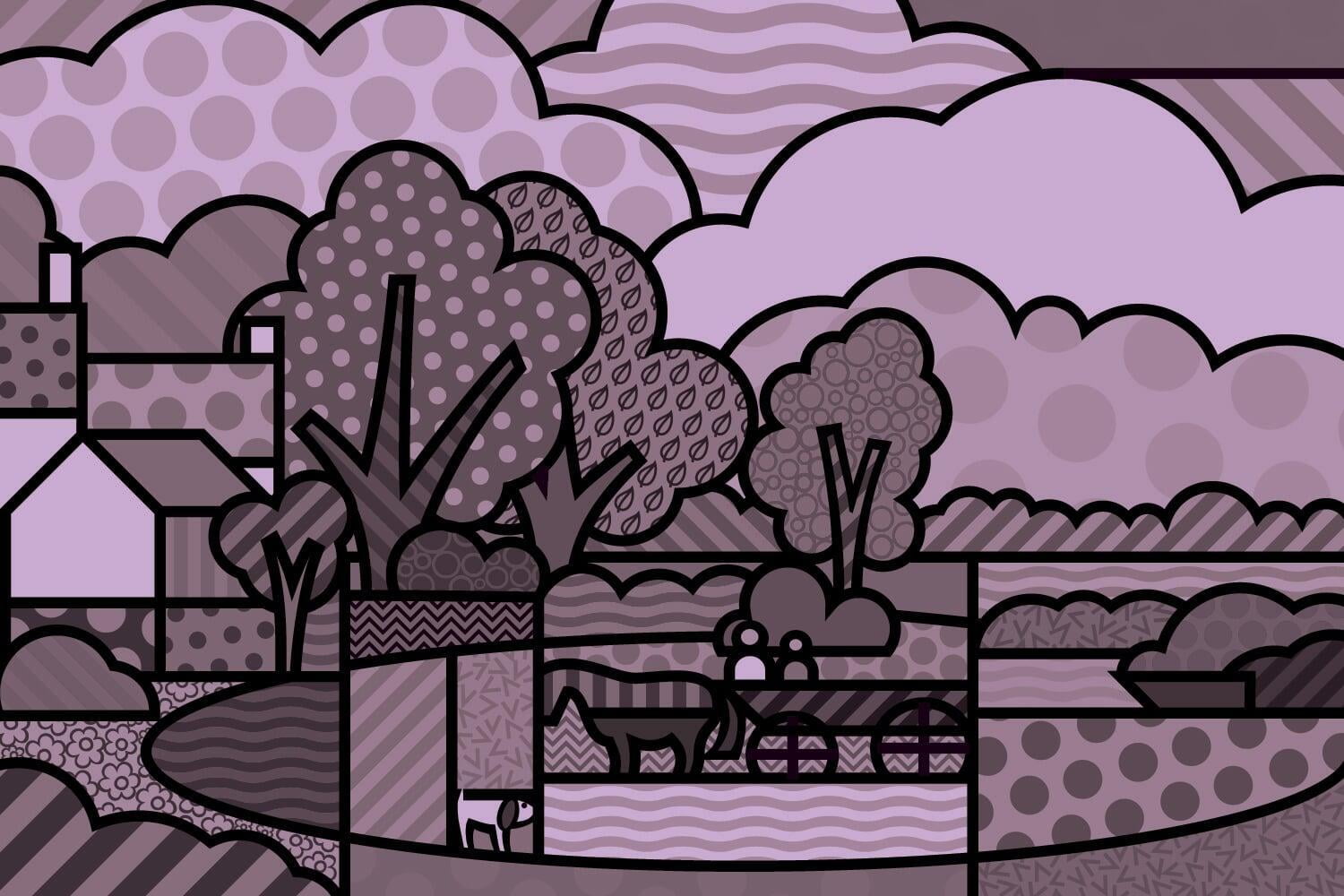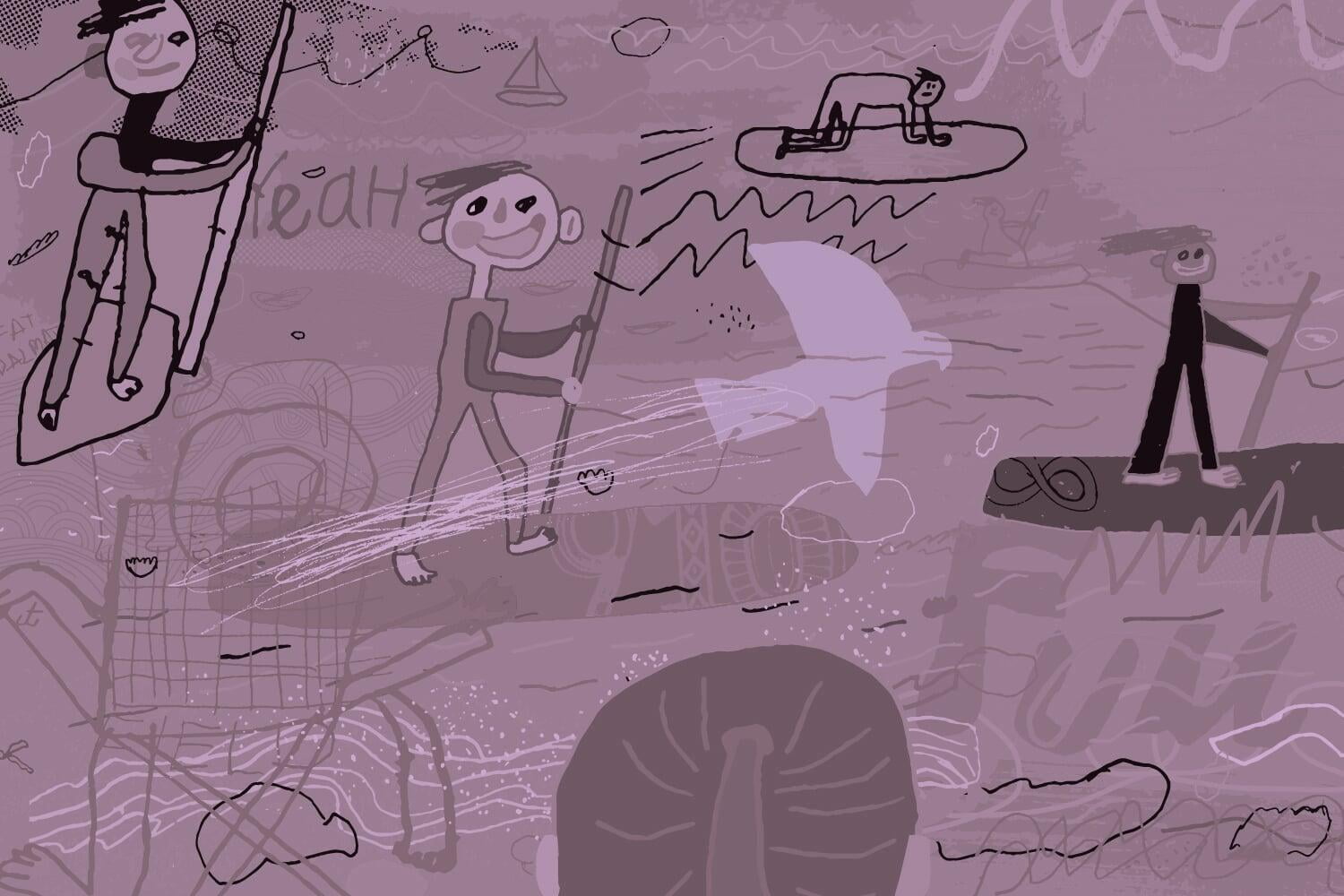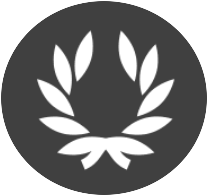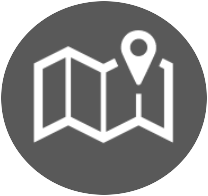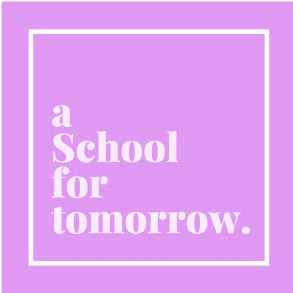Game Changers | Live | School Communities
An Education to Become Through Community
The challenge for all educators and all schools in our times is to equip students with the character and competencies to thrive in their world. We need no further reminder of the immediate complexities of our world than the pandemic crisis that we are living through currently; at the same time, the overwhelming evidence of negative impact by human activity on our biophysical environment calls on all of us to take action individually and collectively in the long term to arrest the alarming trends about which science warns us and politicians argue.
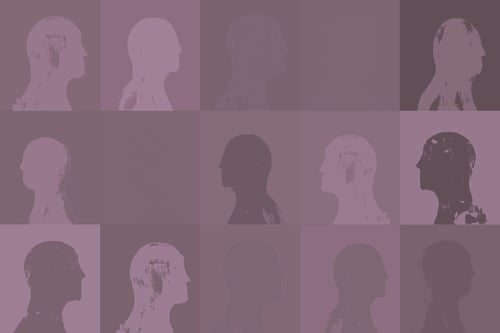
There is much that our students must prepare for on a global scale, while also attending to the everyday matters of life: relationships, family, education, jobs, housing, and so on. There are both practical and philosophical implications for how we do education in school communities and why we make the choices we do about how best to prepare students to live and be well. At a School For Tomorrow, we have been thinking through the question of competencies. We have known for some time now that the notion of training students with “skills” is not enough. Skills need to be integrated within a broader understanding of who a student is becoming. This comprises what they know, what they can do, what they are disposed towards, and how they learn. It is unrealistic to separate skills from the knowledge, dispositions and learning habits required to put these skills to good use. It is better to think about how we can help students grow in capacity in terms of four broad competencies:
Learn: This aligns with the quest towards self-awareness and meeting the expectation to "know yourself". It is about us learning who we are and what we can do in response to the question, “who am I?” It can be signified in particular by our academic and other achievements and attainments that give us indications of the milestones we have achieved that might act as a passport to validate our progress and give us ongoing entry to a continuum of learning and unlearning as we seek to become stronger in all of the facets of our lives and apply these strengths to an evolving and increasingly selfless adoption of “Our Purpose”.
Live: This aligns with the search for relationship and meeting the expectation that we must "earn our place". It is about us learning about “Our People” and “Our Place” and how we earn a response to the question, “where do I fit in?”. It can be recognised by the way in which we show our understanding of and respect for the people and places, and the language, customs, honourable traditions, rituals, and values of the people and places from which we have come and to where we are going.
Lead: This aligns with the challenge of service and meeting the expectation that we must "go on a journey from me to you to us". It is about us applying our learning and our cultural competencies towards answering the question, “how can I best serve others?” Our dedication to cause, our contributions to the community, our voluntary acts of participation, and our formal and informal roles of leadership all help us to build a model of “Our Practice” based on the actions, service, and community-minded values on which our leadership for the future will be based.
Work: This aligns with the discovery of commitment and meeting to expectation to "find your calling". It is related to but about much more than jobs and careers, answering the question “whose am I?”. It is about how we have built around us the supportive network of people for and with whom our opportunities, goals, schedule, progress might find a meaningful home. It is how we connect “Our Purpose”, “Our People”, “Our Place”, and “Our Practice”.
We have known for some time now that the notion of training students with “skills” is not enough. Skills need to be integrated within a broader understanding of who a student is becoming.
These learning, cultural, leadership, and vocational competencies of our times are, therefore, developed from the inside-out. They start with who we are, flow into our relationships and actions in service of others, and find true meaning in the things we find ourselves called to do. Our decade of global research into character education reveals six ways of living in 21C that educational communities all around the world hope that young adults might have learnt by the time they enter into the world:
- They want them to have the integrity to lead meaningful lives as good people.
- They want them to have the ability to manage complexity with authenticity as future builders.
- They want them to grow and transform themselves as continuous learners and unlearners.
- They want them to provide sustainable direction to the world as solution architects.
- They want them to balance the local, the regional, and the global with perspective as responsible citizens.
- They want them to work well in relationship with others, to bring success and fulfilment for all of us as team creators.
These are the outcomes we want for graduates of our schools and educational institutions all over the world. This is the character we want to build; this is how we need our students to learn so that they might thrive in our world. At the end of the day, therefore, the true characteristic of a school community is that it is all about the learning to become.
How might a school community go about developing this learning to become strategically? It begins with an understanding of what the object of learning might be and how to frame all learning towards this end. Central to the scope and sequence for development of character education at school is the articulation of a Framework for Education which is based on a community’s articulation of its aspirations for who its graduates might become – the school’s graduate outcomes which have been contextualised to both the needs of the community and local, regional and global thinking about the needs of students. Such a Framework would usually be shaped around the following documents:
- Preamble: The rationale for education at the school linked to the school’s understanding of its traditions and history, culture, mission and aspirations for 21C learning and society, especially with respect to the civic, performance and moral character development of its students
- Graduate Profile: A description of the desirable qualities and character competencies of a graduate linked to school values, mission and ethos
- Teaching Objectives: Specific integrated knowledge, skills and character outcomes to be covered across the curriculum, co-curriculum and other educational and care structures of the school
- Learning Experiences and Outcomes: Specific character education learning experiences and outcomes that students will experience in learning units and programs delivered by faculties, departments and other educational and care teams in the school
- Exemplars of Outstanding Practice/School Pedagogy: A collation of excellent practice undertaken in education at the school that is shaped into an illustrative guide to teaching and learning practice (pedagogy) at the school and a corresponding set of guiding philosophies, design principles and learning intentions
- Staff Profile and Outcomes: A description of the qualities and competencies of a school staff member that are necessary to deliver the values, ethos and mission of the school, especially with relation to its graduate profile
- Staff Professional Learning and Student Training and Development Program: A comprehensive, staged plan for identifying and improving the competencies of staff and students in supporting each other to deliver the educational intent of the school
- Community Engagement Plan: A plan to engage the community in the educational work of the school that includes a WIP schedule of regular community engagement activity as well as specific plans for special events and campaigns related to its strategic education plan
A good school gets the fundamentals right (especially their Framework for Education); a great school functions as an authentic, mature, and high performing community of inquiry and practice. We believe, therefore, that a great school, should track, gather evidence about, and evaluate its organisational maturity as a fit for purpose school of character. It should measure its performance both in terms of the learning experiences and graduate outcomes of its students, as well as in its operation as a learning organisation. To do this, it should interrogate the state of inquiry and practice in six corridors of an excellent 21C education that point to the character, climate and culture of the school, leadership of the educational programs, the effectiveness of teachers in growing the ‘whole person’, the effectiveness of student educational experiences and outcomes, the alignment of strategy and operations with respect to educational goals, and the nature of teacher professionalism in a community of practice dedicated to the attainment of its desired graduate outcomes.
In other words, a school with an education to become through community is one that consistently demonstrates an increasing propensity towards inspiring, challenging, and supporting its students to fulfil their potential to be young people of the character and competency that the community has identified as most desirable for its graduates. How a community measures its progress, its organisational maturity in delivering its Framework for Education, can be measured in terms of its movement from being a community where learning occurs mostly as individual practice, to one where learning is both aligned to the strategic intent and collaborative nature of its Framework for Education to one where what is being done is truly fit for purpose in equipping students with 21C learning, cultural, leadership, and vocational competencies and their articulation within the specific context and culture of the school.
School communities which understand the object of 21C learning, how to contextualise this to their needs, and how to measure their progress in putting it all together are best positioned to help their students graduate ready to thrive and meet the challenges of their world.
